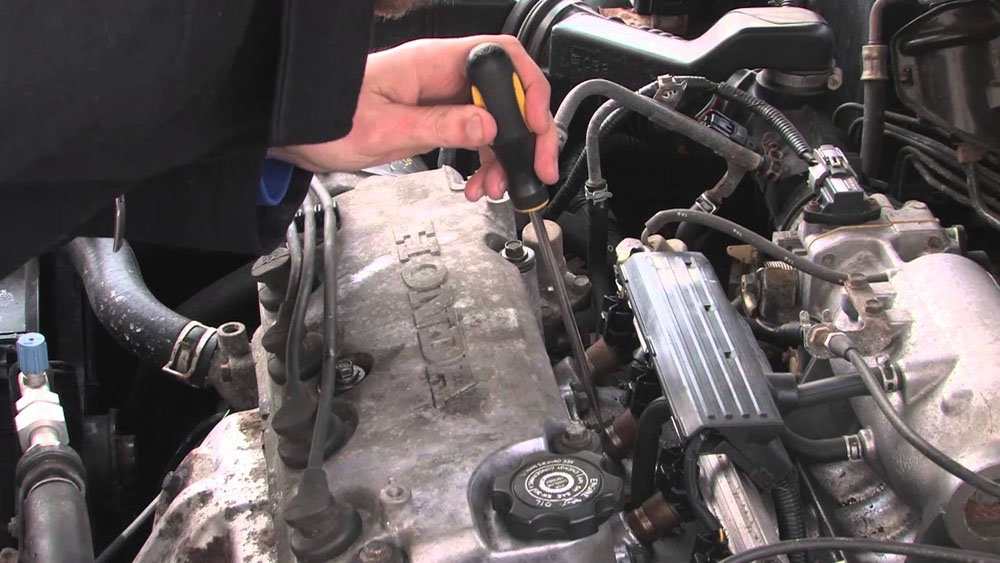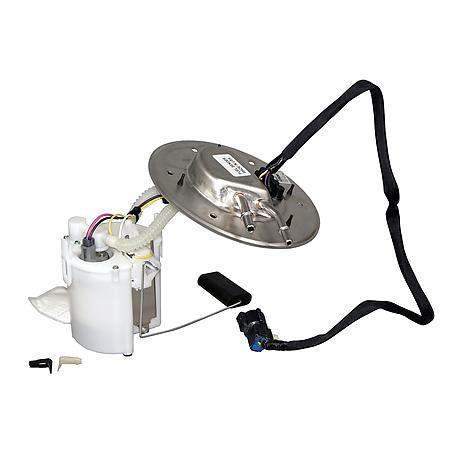Ford Mustang GT 1996-2004: Fuel System Diagnostics Guide
The fuel system is a major part of your Ford Mustang GT's operation. Learn how to diagnose it here.
This article applies to the Ford Mustang GT (1996-2004).
The fuel system works with your electrical system and intake system to make your Ford Mustang GT the enjoyable ride that it is. When one thing goes wrong in this system, your car won't feel the same and the beast won't be so beastly anymore. If your car smells like gas, is hesitating, sputtering, losing power, or not starting, then something could be wrong with the fuel system. In this guide, we will go over the fuel system components that can go wrong, and what to do to fix it. Read on to learn how to diagnose the fuel system in your Mustang.

Materials Needed
- Flashlight
- Screwdriver
Step 1 – Check for leaks
Your fuel system could be leaking.
If you smell gas in your car or you see wet spots under it that smells like gas, then your fuel lines could be leaking. Use your flashlight to check under the car from the tank, check the tank itself for leaks, then check the hoses and their connections for any signs of cracks or wetness. Follow the hoses to the front to make sure there are no leaks. When you are sure there are no leaks under your car, open the hood and check around your fuel injectors for any leaks. The fuel injectors have O-rings that are designed to prevent leaks. Overtime, they wear and cause gas leaks. Always make sure your gas cap is in place because if you forget to properly tighten it, you could start smelling gas.

Step 2 – Replace fuel filter
It could be clogged.
A clogged fuel filter will cause your car to hesitate when you step on the gas from a stopped position. A very clogged fuel filter will cause difficulty to start, as it is restricting the gas flow from the tank to the engine. The recommended interval for fuel filter replacement is 30,000 miles, so if you don't remember the last time you've replaced your fuel filter, now is the time. The fuel filter is located on the back, on top of the gas tank facing the front of the car. The replacement process is easy and requires you to use a line disconnect tool to disconnect the two lines on both ends of the filter, replace the filter, then re-connect them.

Step 3 – Replace your fuel injectors
They could be faulty.
A faulty fuel injector will cause your Mustang to misfire. The fuel injectors will suffer if the car owner is always late on maintenance. Along with the embarrassing engine misfires, bad injectors could cause rough idle, poor fuel consumption, poor performance, starting issues, and engine knocking. To check the fuel injectors, place a long screwdriver at the bottom of it and put your ear to the handle of the screwdriver. Tap the fuel injector and wait for the clicking sound; if you don't hear a clicking sound, then your injector is faulty.

Step 4 – Replace fuel pump
It could be faulty.
A faulty fuel pump will cause your car to lose power at high speeds. So, as you're driving at a consistent speed, if your car surges or loses power, it's probably a bad fuel pump. A bad fuel pump will eventually prevent your car from starting after the hesitations and the sputters. If you check the rest of your fuel system and you conclude that the other components are the culprit, replace the fuel pump. Replacing the pump will require you to remove the fuel tank. To do so, you will have to empty your tank, raise your car, remove all the hoses attached to the fuel tank, remove the brackets holding it, and lower it on a jack. The pump is located on top of the tank.

Related Discussions
- Fuel Pump - MustangForums.com
- Fuel Pressure - MustangForums.com
- How to Jump Fuel Pump - MustangForums.com






